As a beauty editor, I’m in the uniquely enviable position of finding out about beauty trends before they even happen. Here’s a round-up of what I’m keen to try in 2021 – and what I absolutely will not be going near.
Sign Me Up
Gua sha
At first, I couldn’t understand how an object that didn’t plug into an electrical socket could do anything effective for my skin, but now, I’m sold.
The background: an ancient Chinese practice, gua sha (it roughly translates to scraping) is said to promote the flow of ‘chi’, or energy, into the skin. The technique involves gently running the tool over the face and neck, where it creates friction in the deeper layers of the skin, helping release muscle tension and toxins (thanks to the boost in lymphatic drainage, circulation and blood flow) which can then help with inflammation and puffiness, and leave skin looking brighter and healthier.
The tools are usually made of polished stone like jade or rose quartz, and there are different shapes – so pick one you’re comfortable holding, and watch a YouTube video to nail the method and figure out how the edges of the gua sha contour around different parts of the face and neck.
I use mine after I’ve applied a face oil or moisturiser (this is very important, as you want the gua sha to glide over skin, not drag it), and I like to dig it in the back of my jaw, where I hold tension.
Plus, many a therapist has told me it’s helpful for clearing away toxins along my jawline, where I’m prone to a pimple or two (proceed with caution if you have cystic or pustular acne, dermatitis, or cold sores, as the rubbing can make things worse). There are also claims it can help with skin firmness, wrinkles and pigmentation, but there’s not a lot of data around this and I haven’t seen any of those benefits. For me, the feel-good factor alone is more than worth it.
Adaptogens, AKA, ‘The Stress Reliever’
Gimmick or gamechanger? It’s hard to tell. Two experts I approached for comment declined because there wasn’t enough research around adaptogens, with one telling me “there isn’t any real science about reishi (water-holding mushrooms) when applied topically.” So why all the buzz in beauty land?
For a start, there is evidence of the benefits of ingesting adaptogens (as per The Beauty Chef’s Adaptogen Beauty Boost, pictured).
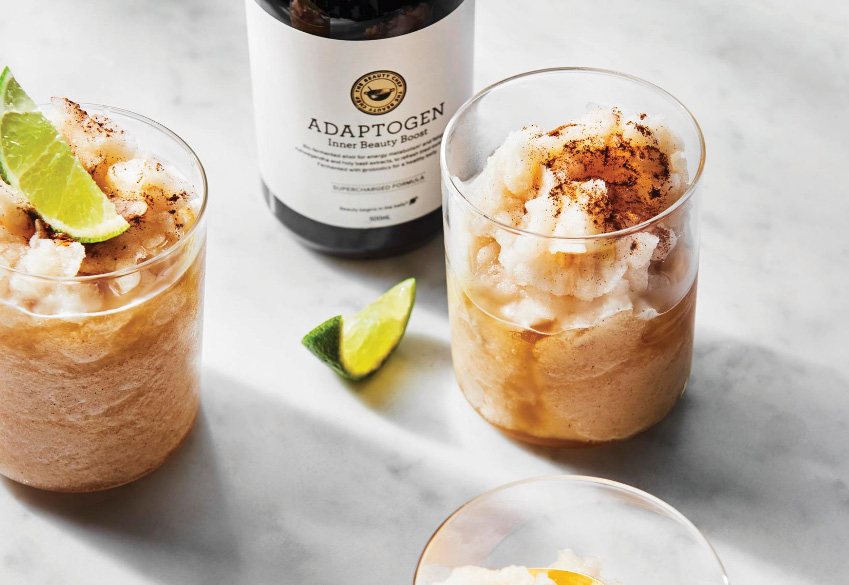

Ingestible adaptogens, like ashwagandha, have long been a mainstay in both traditional Chinese medicine and modern wellness, where they can help the body adapt to stress by regulating cortisol levels, boost immunity and focus, and assist with fatigue.
But these botanical extracts have only recently made the leap to skincare, where it’s claimed they can reduce inflammation, shield against environmental stressors, and enhance wound healing.
While we wait for more clinical trials on the topical benefits of adaptogens, there is some anecdotal evidence that these herbs, roots and mushrooms may be able to help with acne, rosacea and eczema. So, think of them as an accompaniment to other clinically-proven ingredients. If you want to use adaptogens, do a patch test before gradually incorporating into your regimen.
Personalised skincare, AKA, ‘I Get To Play Dermatologist’
Beauty giant L’Oréal unveiled Perso earlier this year, and we’re waiting patiently for this to launch (it hasn’t been distributed in the US yet).
“We strongly believe that inclusivity will be empowered by technology, and personalisation is a key way to achieve it,” says Guive Balooch, global vice president and head of L’Oréal’s Technology Incubator.
His team has already rolled out Lancôme Le Teint Particulier (personalised foundation shades), and SkinCeuticals CUSTOM D.O.S.E. (an automated system that delivers on-the-spot highly concentrated combinations of SkinCeuticals ingredients, and launching here in February), but while these two services require a visit to a beauty counter or dermatologist, with Perso, you get to create the product at home.
Here’s how it works: you take a photo of your face with the Perso app, which uses AI to identify skin concerns like wrinkles and dark spots, and your location to pinpoint other issues like your area’s pollution and UV index. You also enter your skin goals (dullness, dehydration), your preferred texture, and the Perso will custom-mix a single dose formula from three cartridges and dispense it – and then do it again the next day, adjusting for your skin and environment, and morning and evening applications. (The device can also create custom lipstick and foundation formulas, but these will be introduced after skincare.)
It’s all very sci-fi, and there’s no putting the genie back in the bottle.
It’s all very sci-fi, and there’s no putting the genie back in the bottle.
“I think AI has the potential to take personalisation to the masses and will allow [the beauty industry] to create smart devices that can transform people’s beauty results based on the detection of various concerns [e.g. a single wrinkle or sunspot],” Balooch explains. “Hopefully in five to ten years, AI and AR can play a role in helping the beauty industry be filled with truly personalised and inclusive experiences.”
Colour me curious
BeautiFill, AKA, “Lipo without the surgery”
There was a teeny, tiny write-up in a recent issue of British Vogue, and my antennae went up. This non-invasive laser treatment transfers fat from one area of the body, like, say, the thighs and abdomen, and shifts it to the face, which loses volume as we age, all while the patient is awake and under local anaesthetic.
Dr Yannis Alexandrides, founder of London’s 111Skin clinic which carries the machine, says it takes just one session to see immediate results that can last for years.
Honestly? I would probably never do this. But I’m intrigued by the possibility of repurposing your body’s own fat and injecting it where it’s needed, instead of using traditional fillers. It’s waste-free, circular beauty! (Just kidding.)
3D-printed beauty, AKA, “The lazy girl dream”
Problem: I have terrible nails, but I don’t love getting manicures.
Possible solution? ManiMe (it’s not yet available in Australia).
You upload photos of your nails to the site, some maths things happen (your nails’ width, length and curvature are determined), and the company prints customised gel manicure stickers that fit each individual nail, and ship them out to you. The company laser-cuts sheets of gel polish and cures (sets) them to 60 per cent – this is key because by not curing them all the way, the nails are flexible enough to be easily applied and removed. They cost between USD15-25 per set, depending on the design.
Opte is another 3D beauty company generating noise; it uses a phone-sized gadget that scans your face and notes hyper-pigmentation, then prints tinted serum directly on it, adjusting the colour as it moves over the face to better even out the skin tone. Opte is not yet available in Australia, which is sad but maybe not – it currently retails at USD599.
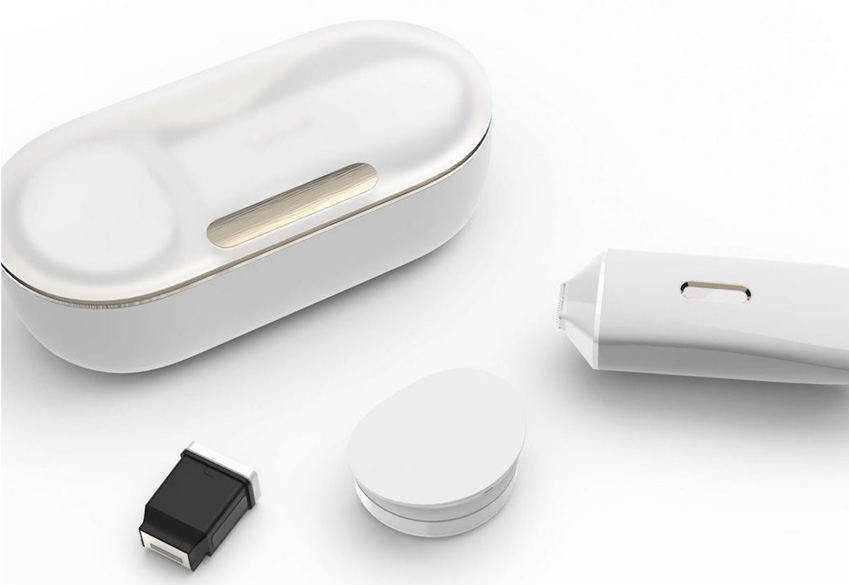

A more wallet-friendly option might be Neutrogena, which aims to deliver printed skincare masks to the masses with MaskiD.
After sharing information about your skin concerns via the accompanying app, up to five preselected ingredients (like hyaluronic acid and vitamin C) are infused into six zones (forehead, eye orbital, nose, cheeks, chin and nasolabial folds) of a hydrogel mask. It’s what you do when you multi-mask in your bathroom on Sunday night, but cooler. No word yet on a local launch date.
Thanks. But No Thanks
Butt-specific skincare, AKA, “I cannot get behind this”
Sheet masks, scrubs, creams, oils – there are so many butt products around (so many!), and I think it’s due to the popularity of those high-cut Brazilian bikinis blanketing our beaches.
Look, I know I’m not the intended market for these (I’ve never understood g-string bikinis – what kind of clothes are you wearing that you’re worried about tan lines on your bum?), and I usually have FOMO when it comes to beauty newness, but I am very happy to be the old lady sitting on the sidelines, shaking her head at what this world has come to.




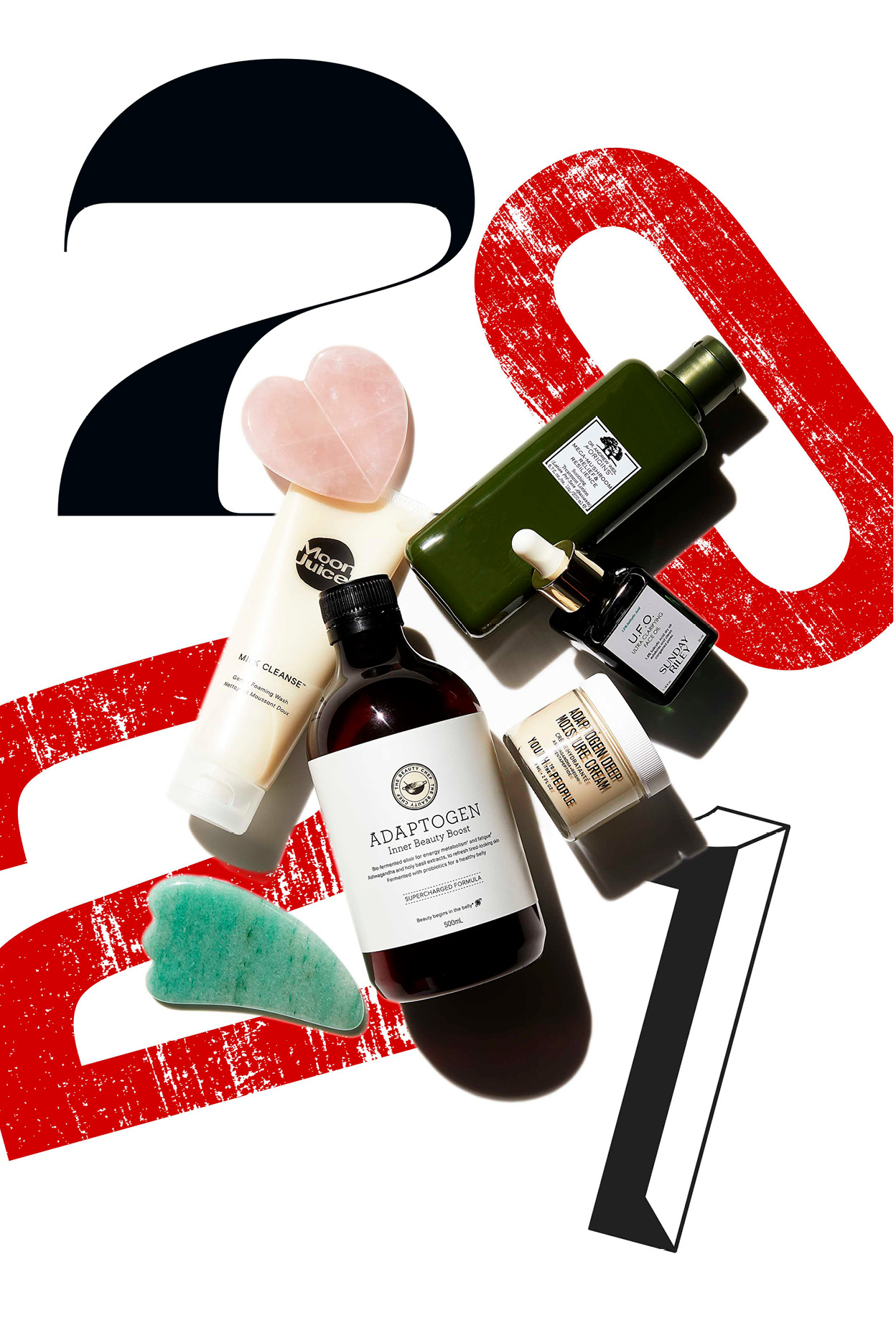
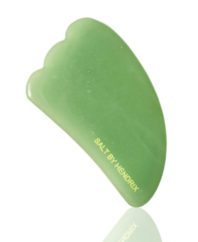
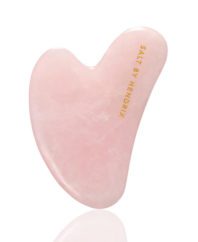
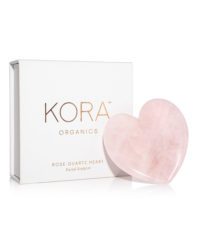
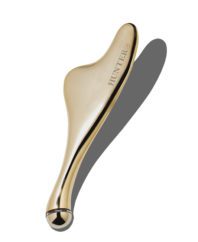
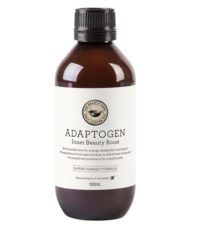
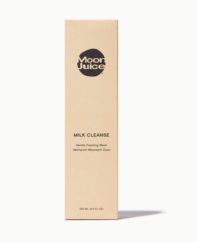
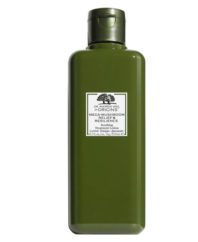
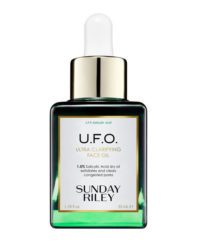
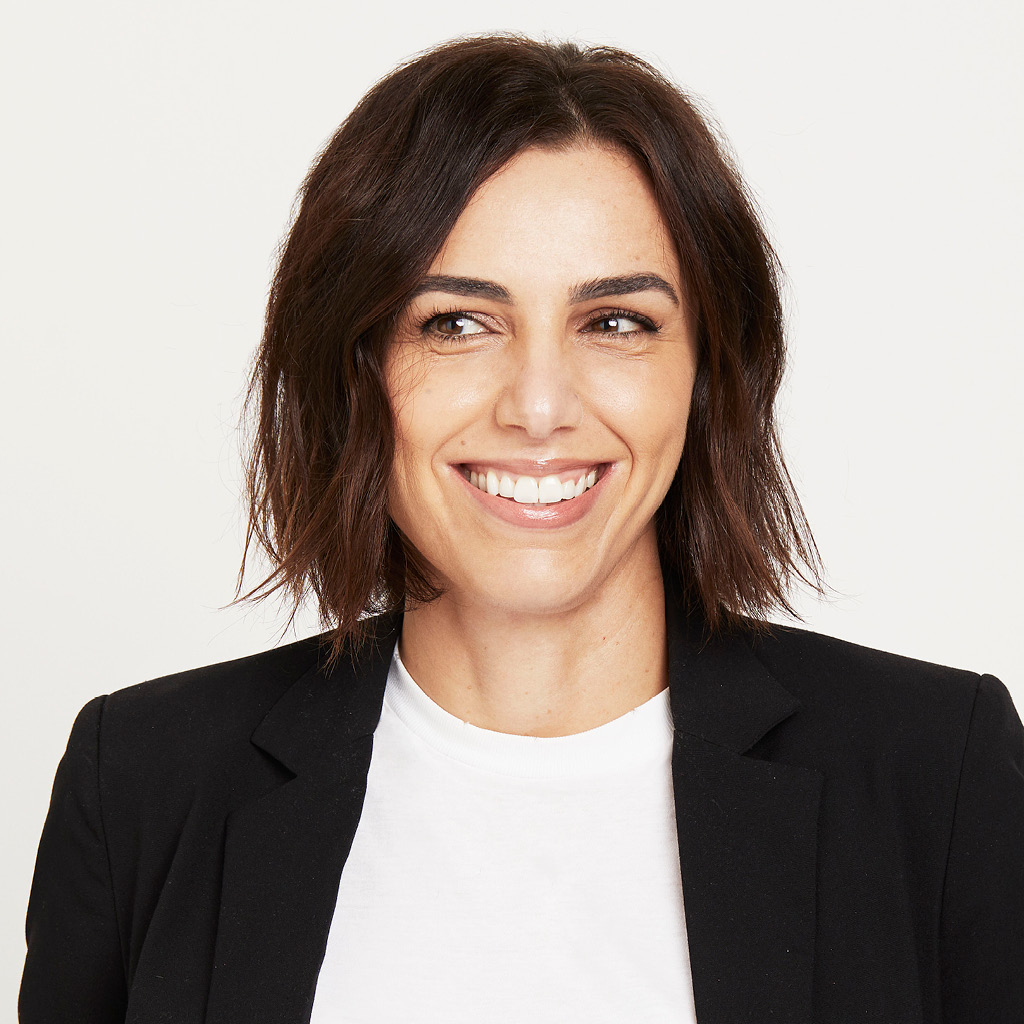


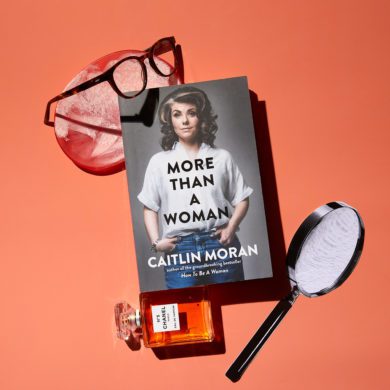
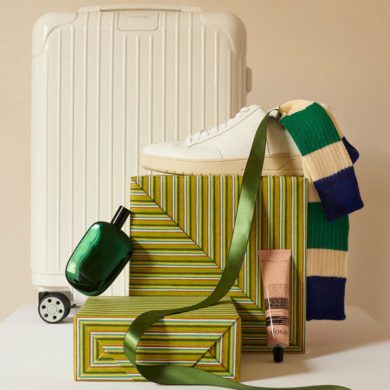
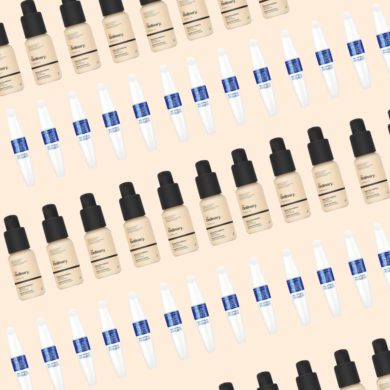
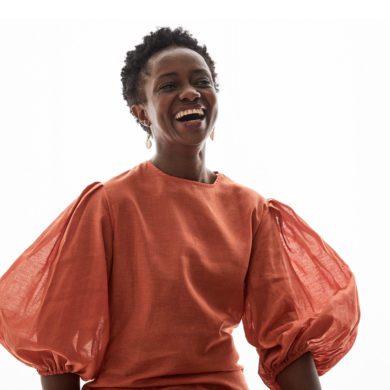

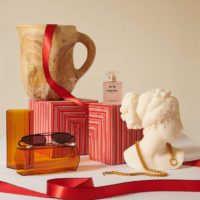
No Comments